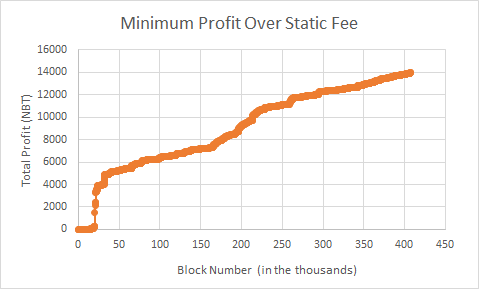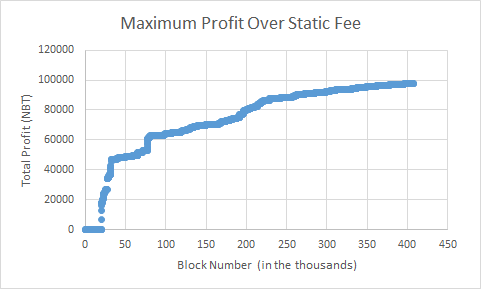Without anything other than a hunch, a low-end transaction fee of $0.01 seems sensible and explainable. I can’t see cases of charging people $0.10 for a transaction fee for a cup of coffee being well-received, nor do I think explaining “fractions of a penny” to the mass market is an easy effort.
As such, I think using ‘p’ to scale the log function portion has merit. I may have read the formula wrong, but there may be some upside.
Nu for sure can have many uses – currency transfer, store of wealth, and transaction settlement.
The way I see it is that consumer adoption for “day to day” activities is the larger barrier for global adoption. Merchants have shown it to be relatively straightforward to integrate blockchain-like at the POS; it’s the consumers who are not showing up with crypto in-hand.
I see 4 use cases for Nu, probably 3 of which we want:
1- day-to-day transactions (consumer goods and services, including the cup of coffee analogy)
2- larger transactions – mostly business, but some consumer: buying a vacation, a car, a house, a company, paying salaries **
3- microtransactions – buying digital property (in-game purchases, music)
4- dust / spam transactions
Transaction sizes by consumers for credit cards and debit cards are approximately $75 and $40, based on data from 2012, so I’d put a line between ‘day-to-day’ and ‘large-scale’ somewhere in that range.
With the p=0.1 model, the transaction fee increases beyond $0.01 somewhere in that ‘average transaction’ range, at probably somewhere around $50 or so. From a consumer standpoint I think this is easy to understand: your average day-to-day transactions are essentially flat rate at or near $0.01, and anything beyond that will have additional fee.
Large-scale transactions would likely be viewed thru the lens of percentage-of-transaction fee, and benefit from “volume discounts”.
Or, in other words: consumers are probably looking at the $ value of the transaction fee (like tax on a dinner), whereas businesses and large-scale transactors looking at the percent.
Microtransactions may be something to ignore / avoid for the time being. With a 1-minute block-time, at-scale, Nu will already have to store and manage 10x the design volume of Bitcoin, which would easily push the project into yet another plane of uncharted territory.
And of course dust and spam transactions have generally been controlled with the $0.01 threshold.
** footnote: product idea: some sort of mixing / splitting service would probably be of benefit (if not required) if Nu is used to pay salaries.

